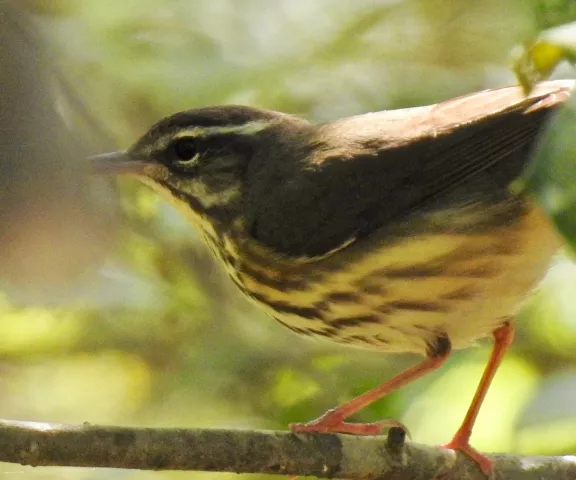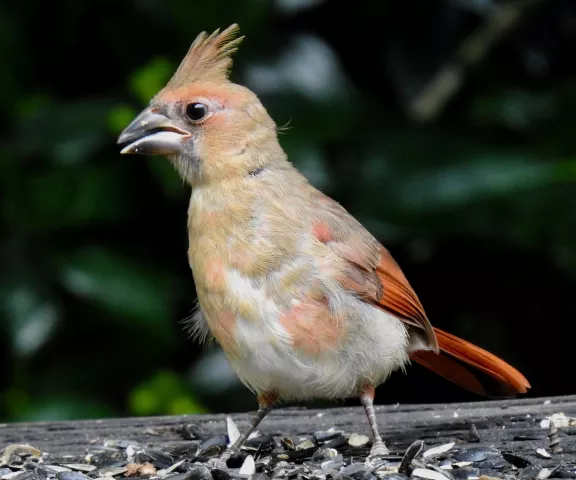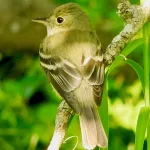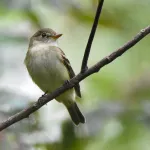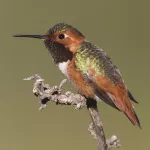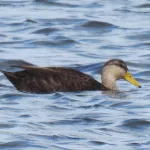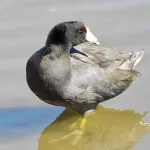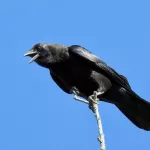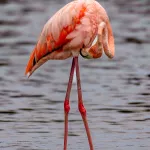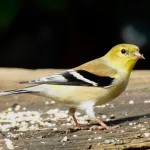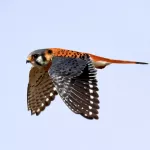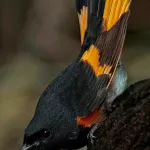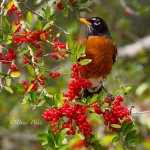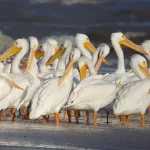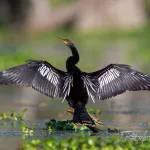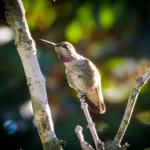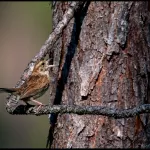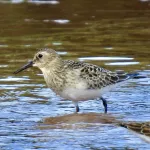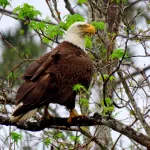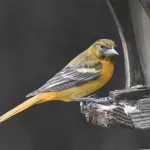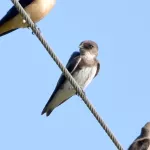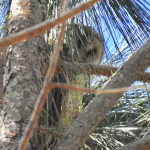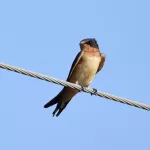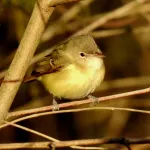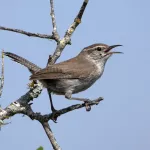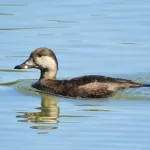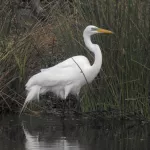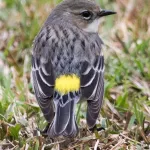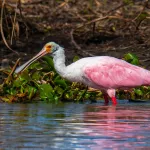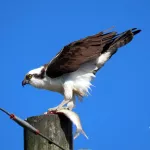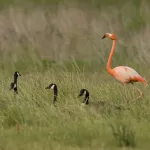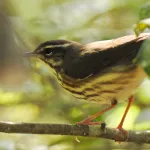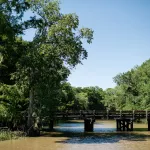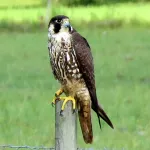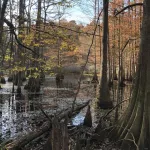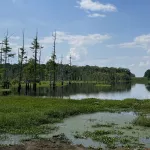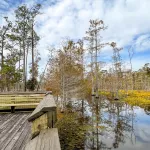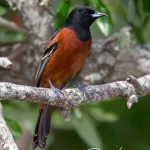Longfellow-Evangeline State Historic Site
Longfellow-Evangeline State Historic Site was the first property in the Louisiana State Parks system. The site, established in 1934, is located along the banks of Bayou Teche. It explores the cultural interplay of the diverse peoples that settled in the area in the mid to late 1800s. Acadians and Creoles, Native Americans and Africans, Frenchmen and Spaniards, and enslaved and free people of color all contributed to the region's historical tradition and cultural diversity.
Longfellow-Evangeline possesses several distinct habitat types and topographic features that enhance the diversity of bird species. Bottomland hardwood/riparian areas are the primary habitat type, along with the open water of Bayou Teche itself. These watery/woodsy edges attract birdlife, including wrens, waterthrushes, and warblers. Watch the bayou for waterfowl, wading birds, swallows, Belted Kingfishers, and others.
A ponded area in the southeast section is also lined by large mature bald cypress trees–a great spot for wading birds. Mature live oaks are highly attractive to songbirds on a year-round basis–and especially so during migration periods. Check through these massive trees for woodland flycatchers, vireos, warblers, and others.
Park management is working on increasing plant and animal diversity by incorporating additional pollinator plants. They also maintain nesting boxes for Eastern Bluebirds, Purple Martins, and Wood Ducks.
Amenities on this 80-acre site include parking, a visitors center, restrooms/water, walking trails, and identification/directional/interpretive signage. Recreational activities include occasional historical programs, biking, walking, birding, and nature photography. Two historical features on-site are Maison Olivier, a Creole cottage circa 1815, and a reproduction of an 1820s Acadian cabin and farmstead. The site is partially handicapped-accessible.
